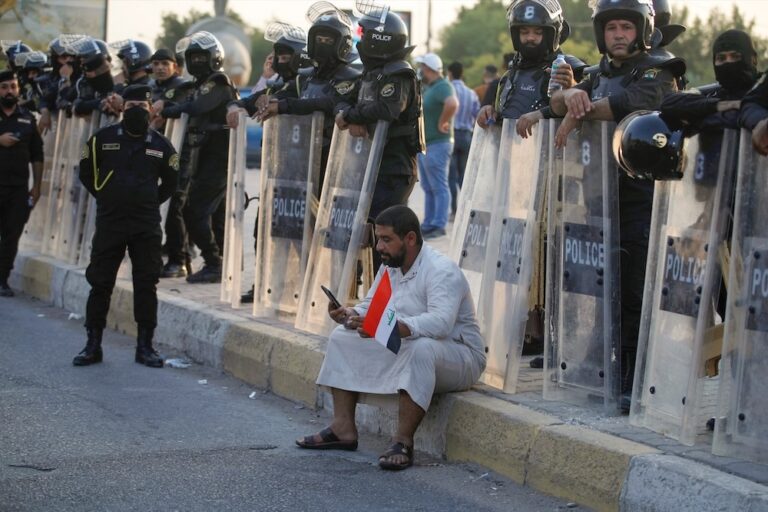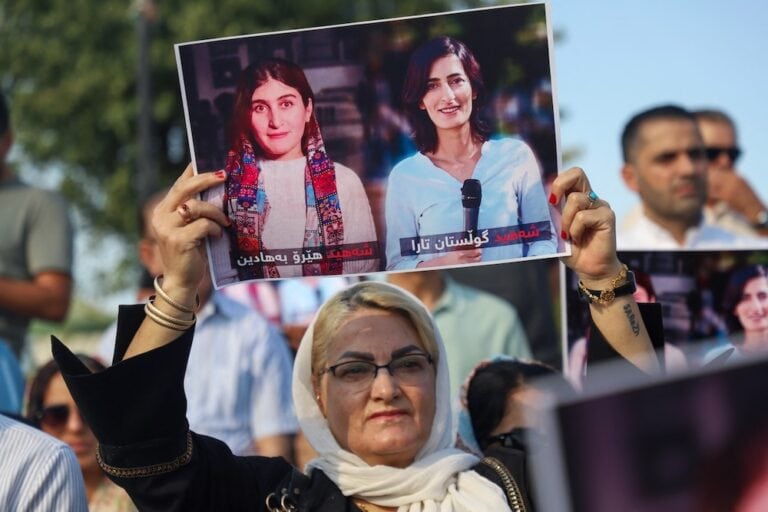(RSF/IFEX) – Those responsible for the 2 August 2005 murder of American freelance journalist Steven Vincent in Basra have yet to be identified, but several hypotheses are possible. Vincent was an avowed supporter of the U.S. intervention in Iraq and was very critical of the growing influence of religious extremists. Quoting an Iraqi officer in […]
(RSF/IFEX) – Those responsible for the 2 August 2005 murder of American freelance journalist Steven Vincent in Basra have yet to be identified, but several hypotheses are possible.
Vincent was an avowed supporter of the U.S. intervention in Iraq and was very critical of the growing influence of religious extremists. Quoting an Iraqi officer in his last article, published in the New York Times on 31 July, he said that 75 per cent of the Basra police force supported radical Shiite leader Moqtada Sadr, and he condemned the failure of the British soldiers to do anything about it. “The police obey just two masters, the state and the mosque,” he wrote.
No group has yet claimed his murder, which may indicate that Sunni rebels – who usually claim responsibility when they kill foreigners – are not responsible. An eyewitness living on Al-Istiqlal street, where Vincent’s body was found, told Agence France-Presse (AFP) that, “A white pickup pulled up alongside Vincent and his interpreter, Noor El-Khal, then four gunmen got out, grabbed them and bundled them into the pickup.” They learned five hours later that Vincent’s had been found.
The US Embassy in Baghdad said it was working with the Iraqi authorities and the British troops in the south of the country to do everything possible to find out who was responsible for Vincent’s murder.
Aged 50, Vincent wrote for American newspapers including the “New York Times”, “The Wall Street Journal” and “The Christian Science Monitor”. A book he wrote about the Iraqi war, entitled “In the Red Zone”, had recently been published. He had spent the past several months in Basra gathering material for a book about the history of the city and he had taken to dressing as a Shiite in order to pass unnoticed. The day of his murder he was wearing a black t-shirt with a picture of Imam Hussein, the grandson of Imam Ali, and black prayer-beads around his neck – the distinctive mark of a Shiite.


